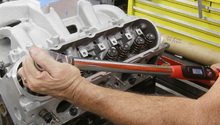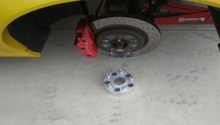C7 Corvette: Torque Value
Tightening bolts incorrectly can result in either the bolt breaking or leaks. Learn all about torque specs for the C7 Corvette here.
This article applies to the C7 Corvette (2014-current).
Torquing bolts properly is key to making sure that the bolt doesn't break or that is doesn't work loose. Without getting too technical, torque is the measurement of the tension holding the bolt in place. If it's too low, the bolt or nut may be able to work itself free. On the other hand, over-torquing can stretch the bolt, causing it to damage the threading and possibly break. Torque is measured in lb-ft, meaning the amount of pounds of force it takes to move the bolt holding the wrench X amount of feet away. Figures 1 and 2 provide a better illustration of what torque is and how distance can affect it. This article will cover the proper torque values to use when working on your C7 Corvette.
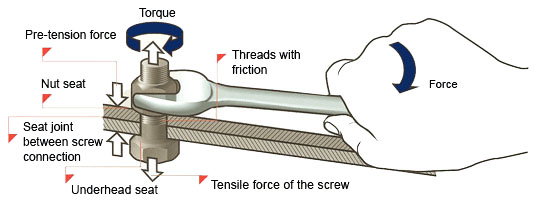
Figure 1. How torque is measured. 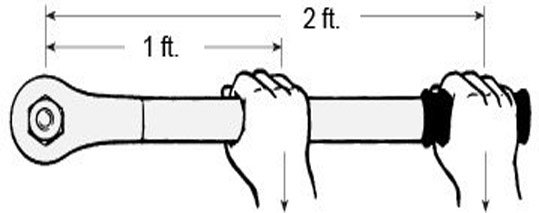
Figure 2. Torque wrench distances.
Component Breakdown
Engine (6.2L LT1)
The items listed with a "1" at the end mean that a new fastener is needed for re-install. This is normally due to the original fastener being stretched out during its first use.
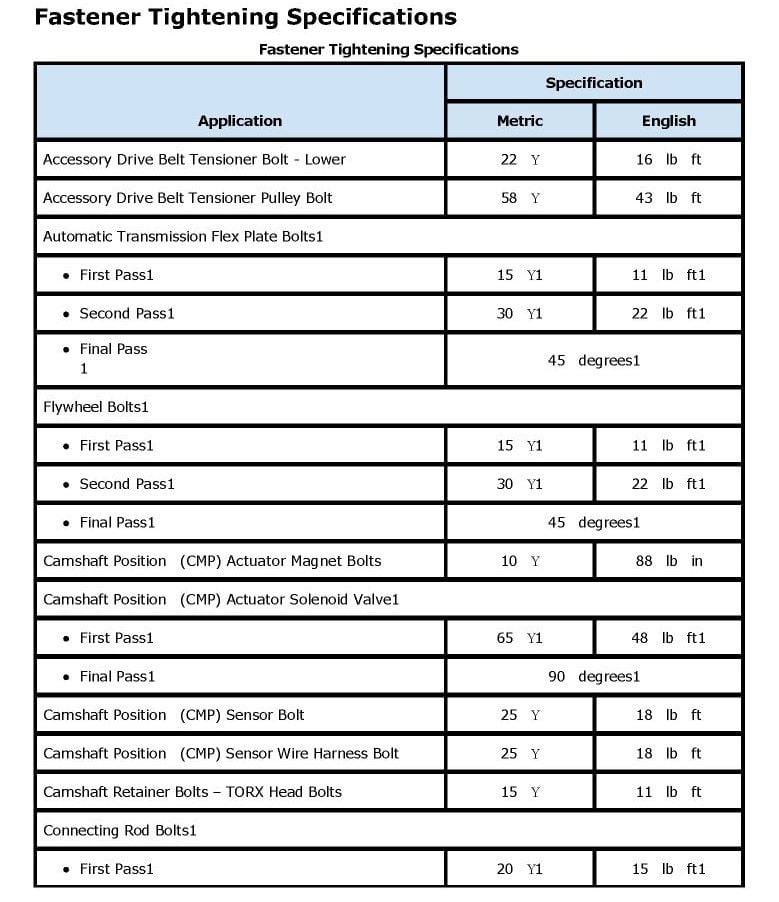

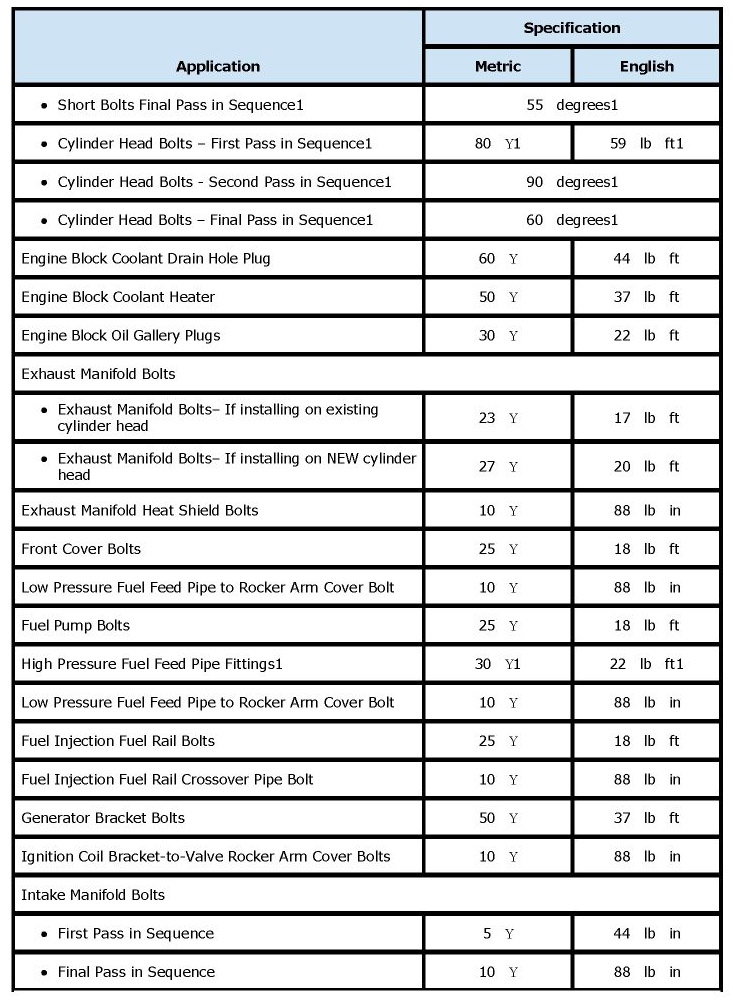
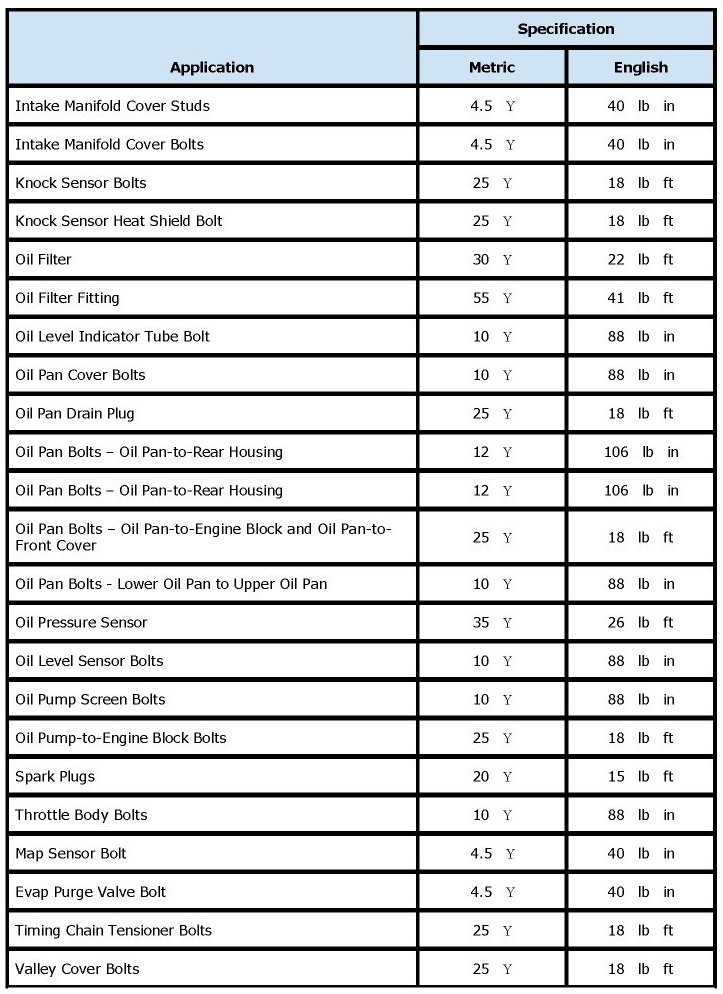
Figure 7 includes all the torque values needed for your motor.
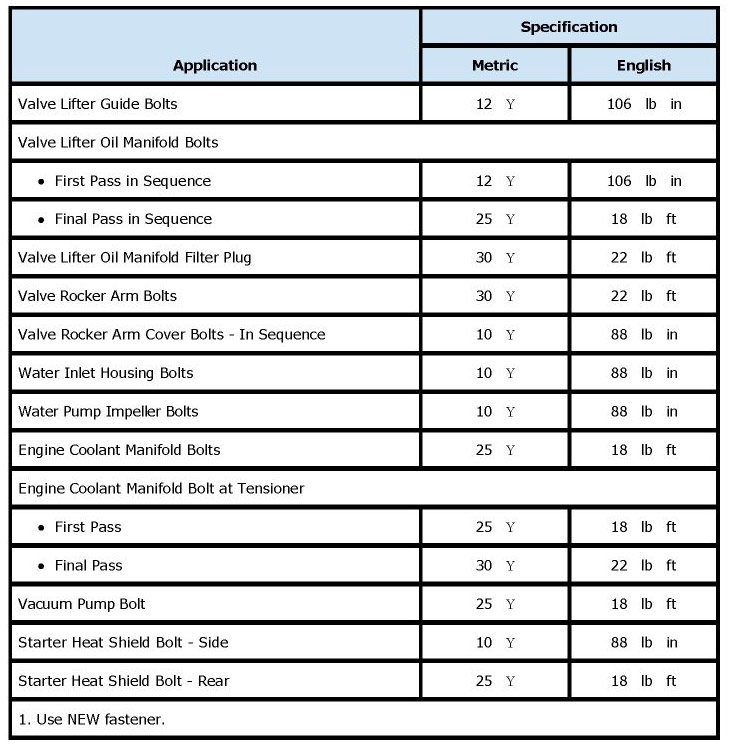
Transmission (7-Speed Manual)
Figure 8 contains all the torque values for fasteners found on your 7-speed manual transmission.

Clutch (Manual Transmission)
Figure 9 contains all the torque values for the fasteners found on and in the clutch inside your manual transmission. It's very important to get these correct as the clutch is very easy to damage and relatively hard to replace.

Front and Rear Suspension
Improperly torquing a suspension component could cause you to get into an accident as well as affect your ride quality whether you're on the street or the track.
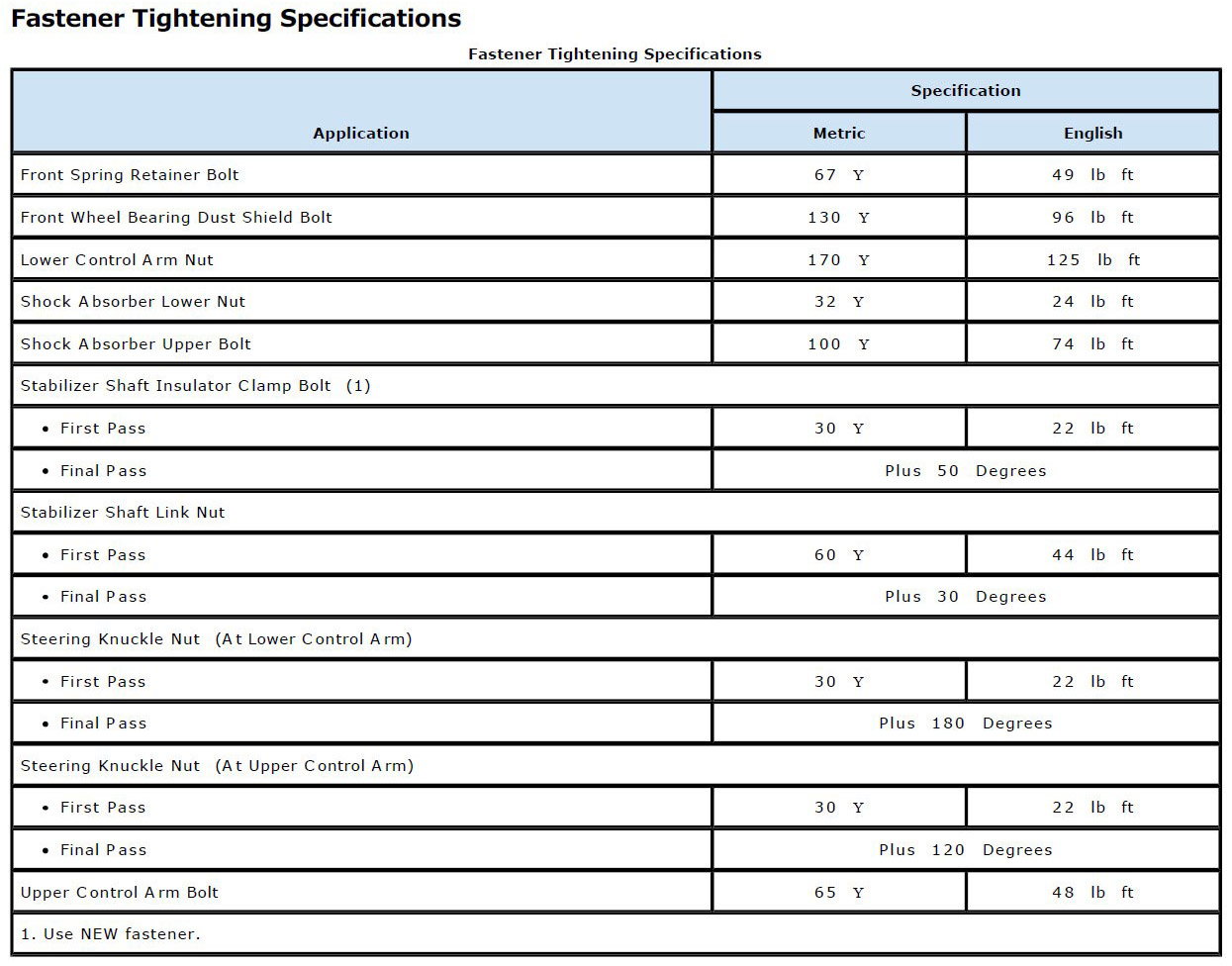

Frame and Underbody
While you might not notice one of these bolts is torqued improperly right away, eventually you'll develop a hanging part or an odd clunking sound, so it's important to know what these bolts need to be set at.
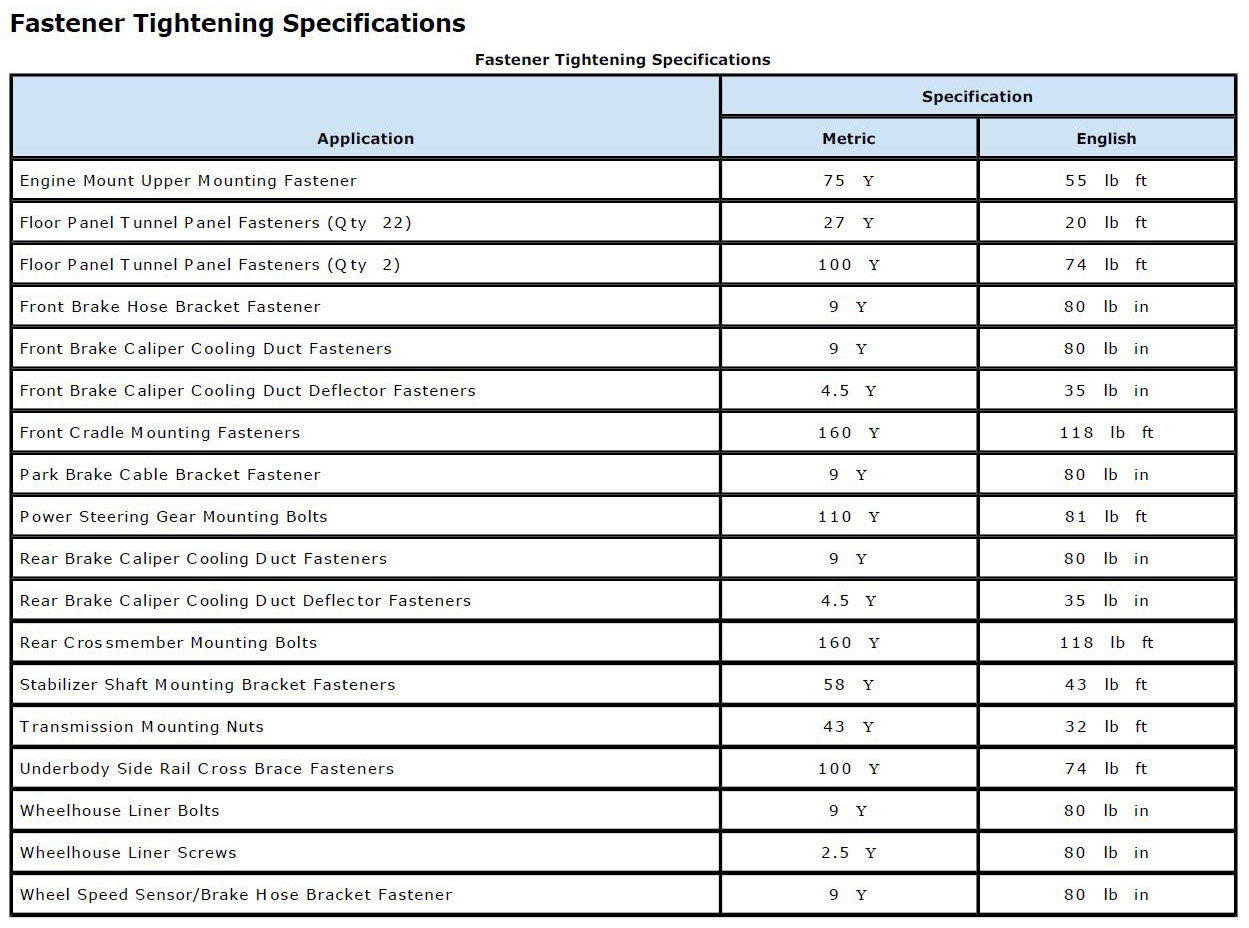
Related Discussion
- Torque Values - CorvetteForum.com

